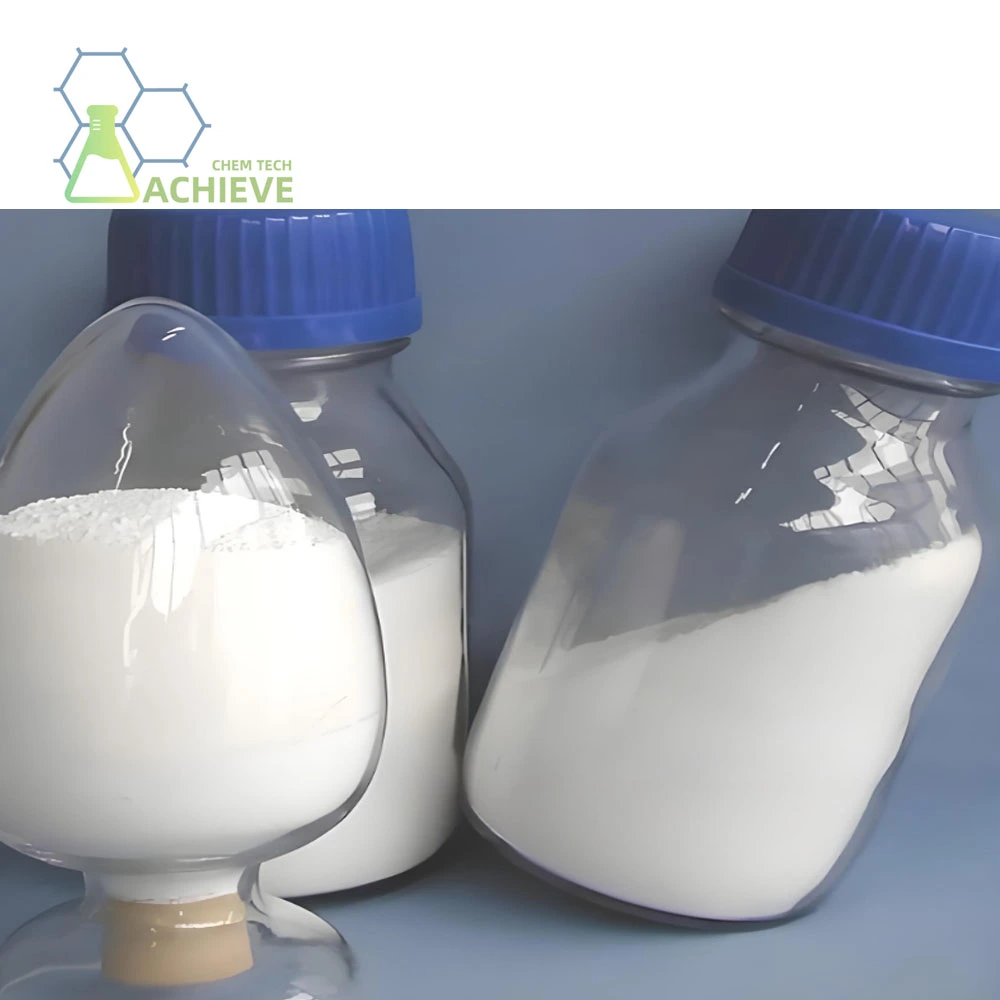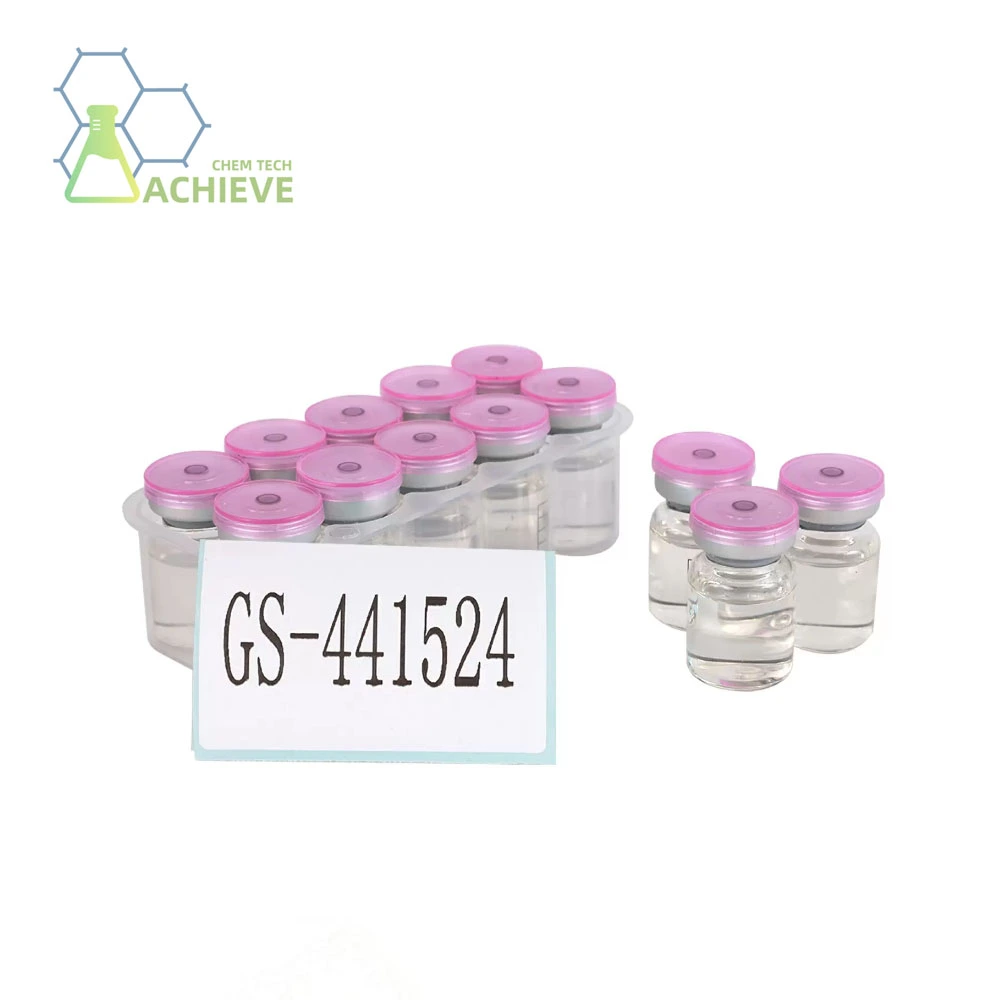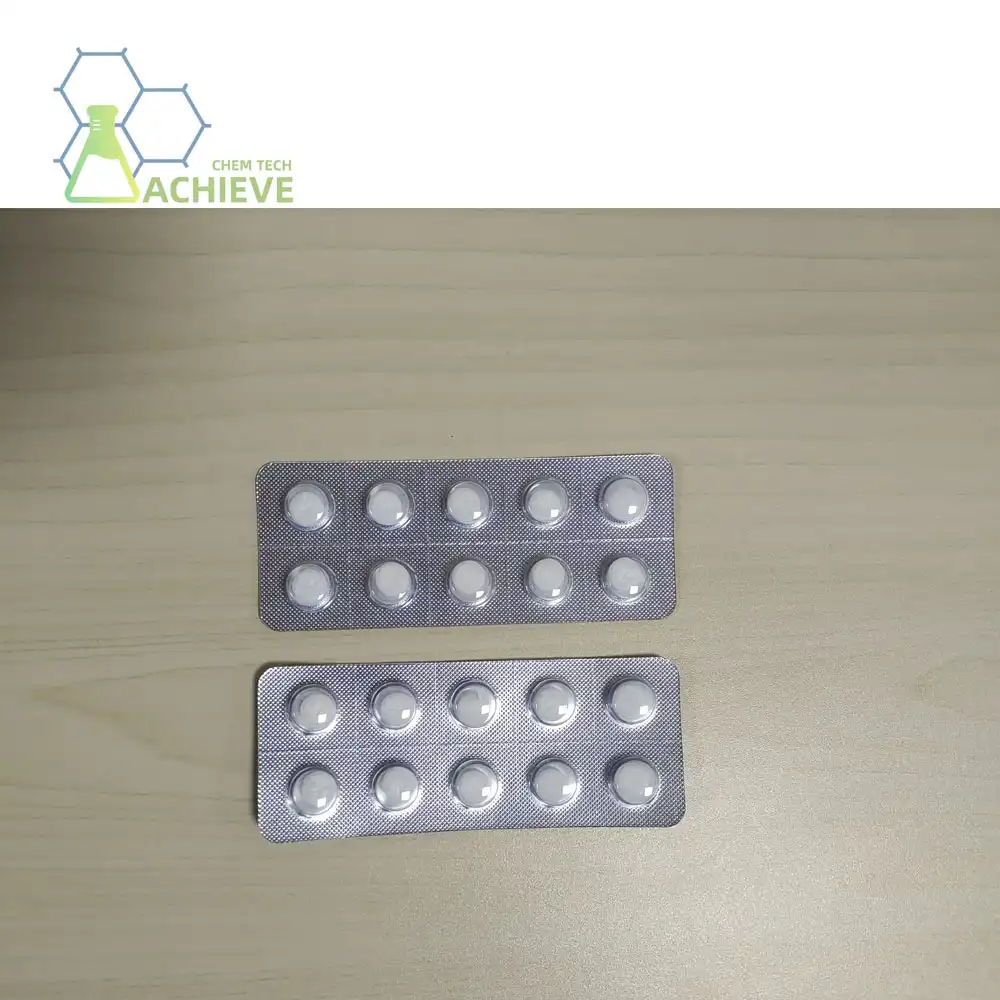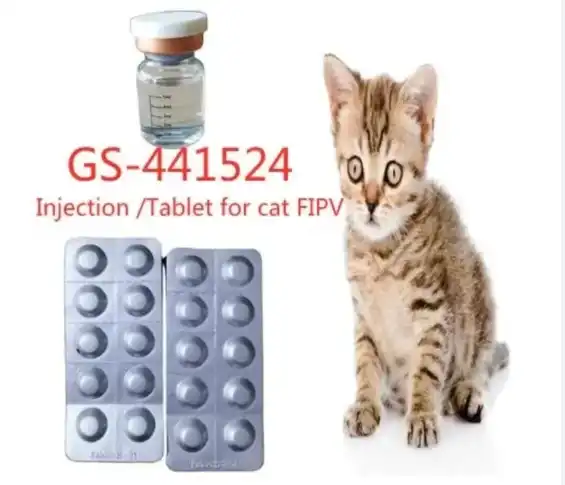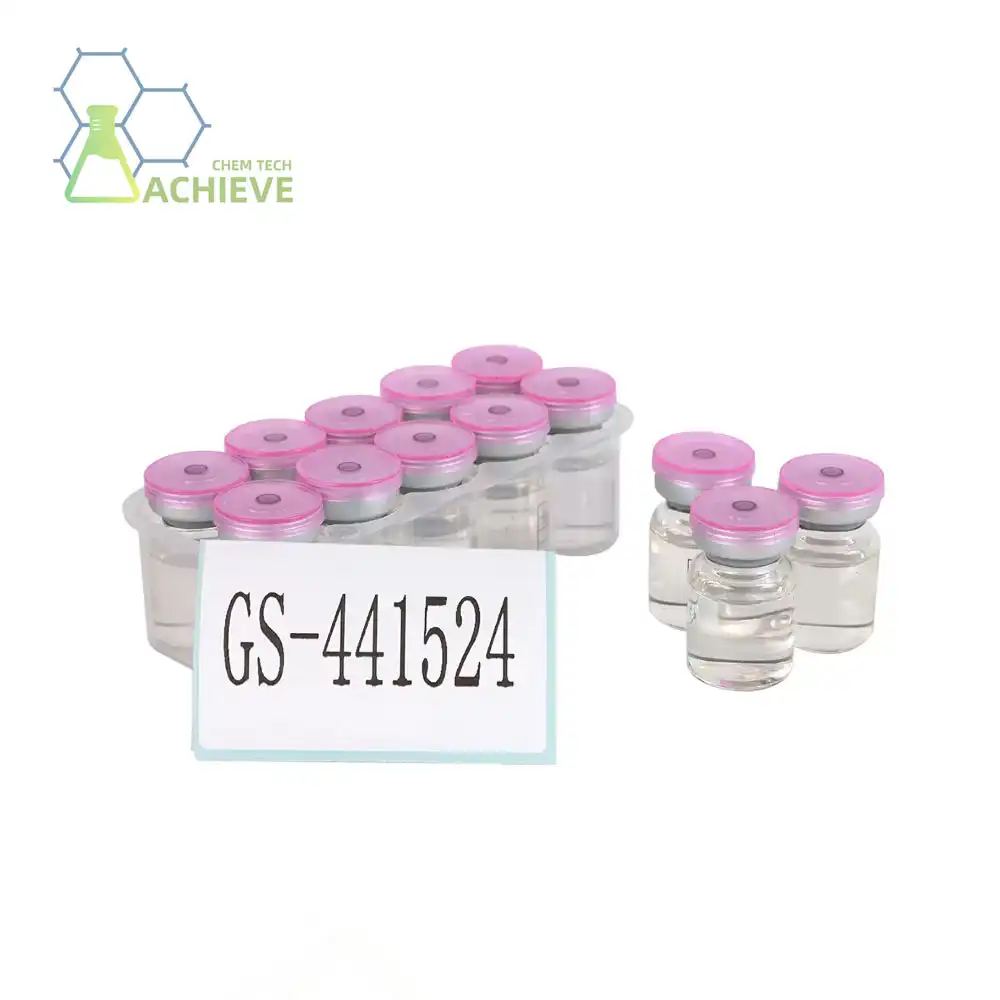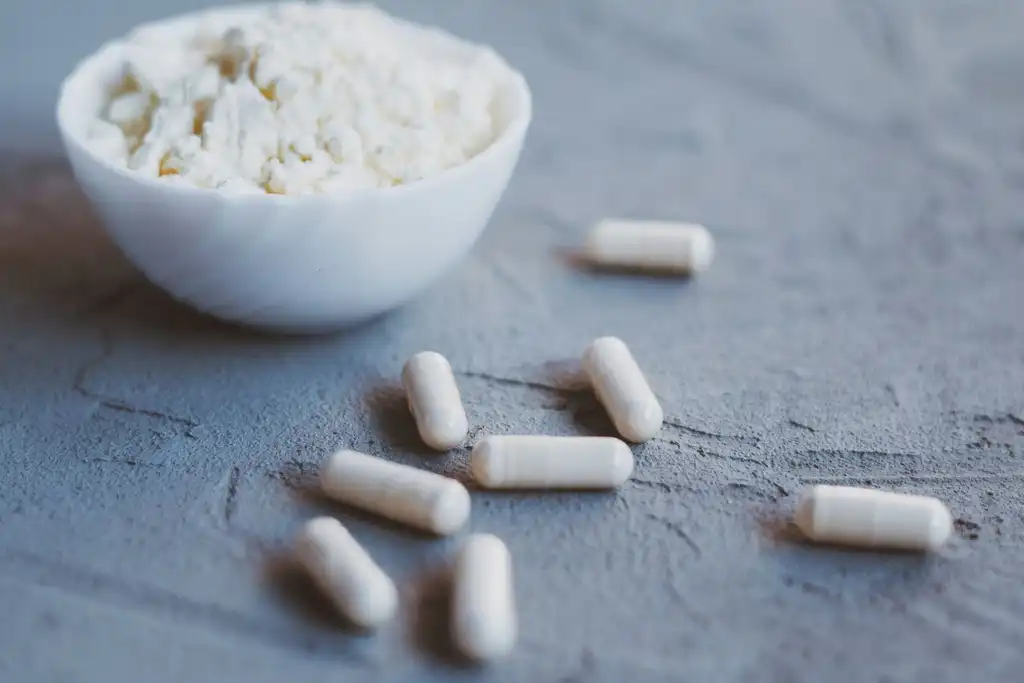How to properly administer GS-441524 tablets to cats?
Administering GS-441524 tablets to cats requires careful attention to dosage and technique. The proper method of administration can significantly impact the treatment's effectiveness and the cat's comfort. Here's a detailed look at how to administer these tablets correctly:
Determining the correct dosage
The dosage of GS-441524 is typically based on the cat's weight and the severity of the FIP infection. Generally, the starting dose ranges from 4 to 10 mg/kg of body weight per day. It's imperative to consult with a veterinarian to determine the appropriate dosage for your cat, as factors such as the form of FIP (wet or dry) and the presence of neurological symptoms can influence the prescribed amount.
Preparing the tablet for administration
GS-441524 tablets are often small and can be challenging to administer whole, especially to smaller cats. Some methods to prepare the tablet include:
- Crushing the tablet and mixing it with a small amount of wet food or water
- Using a pill splitter to divide the tablet if a partial dose is required
- Employing a pill pocket or treat designed to conceal medication
It's crucial to ensure that the entire dose is consumed, regardless of the method used.
Administering the tablet
When administering antiviral GS 441524 tablets, consider the following techniques:
- Direct oral administration: Gently open the cat's mouth, place the tablet at the back of the tongue, and close the mouth while stroking the throat to encourage swallowing.
- Using a pill gun: This device can help place the tablet at the back of the cat's throat, reducing the risk of the cat spitting it out.
- Mixing with food: If approved by your veterinarian, mix the crushed tablet with a small amount of highly palatable food.
Regardless of the method chosen, always follow up with a small amount of water to ensure the tablet has been swallowed and to prevent esophageal irritation.
Monitoring for side effects
After administering the tablet, observe your cat for any potential side effects or adverse reactions. Common side effects may include:
- Mild gastrointestinal upset
- Temporary loss of appetite
- Lethargy
If you notice any severe or persistent side effects, contact your veterinarian immediately.
Can GS-441524 tablets be given with or without food?
The question of whether to administer GS 441524 tablets with or without food is a common concern among cat owners and veterinarians. The answer can impact the medication's absorption and effectiveness, as well as the cat's comfort during treatment.
|
|
|
|
Administering GS-441524 on an empty stomach
Some veterinarians recommend giving GS 441524 tablets on an empty stomach to ensure maximum absorption. The rationale behind this approach includes:
- Potentially faster absorption of the medication
- Reduced risk of interaction with food components
- More consistent blood levels of the drug
If administering on an empty stomach, it's typically recommended to give the tablet at least 30 minutes before feeding or 2 hours after a meal.
Giving GS-441524 with food
On the other hand, administering GS-441524 with food may offer certain advantages:
- Increased palatability, making it easier to get cats to take the medication
- Reduced risk of gastrointestinal upset
- Potentially improved compliance with long-term treatment regimens
If giving the tablet with food, it's crucial to ensure the entire dose is consumed. Mixing the crushed tablet with a small amount of wet food or using a pill pocket can be effective methods.
Considerations for individual cats
The decision to administer GS-441524 with or without food may depend on individual factors such as:
- The cat's temperament and willingness to take medication
- Any existing gastrointestinal sensitivities
- The specific formulation of the GS-441524 tablet being used
It's essential to consult with your veterinarian to determine the best approach for your cat. They may recommend starting with one method and adjusting based on the cat's response and tolerance.
Consistency in administration
Regardless of whether you choose to give GS-441524 with or without food, consistency is key. Establishing a routine and sticking to it can help ensure that the medication is administered regularly and effectively. This consistency is crucial for maintaining appropriate blood levels of the drug and maximizing its antiviral effects.
Storing GS-441524 tablets: Temperature and shelf life guidelines
Proper storage of GS 441524 tablets is crucial to maintain their efficacy and ensure the safety of the medication. Understanding the correct temperature conditions and shelf life can help cat owners and veterinarians manage the treatment course effectively.
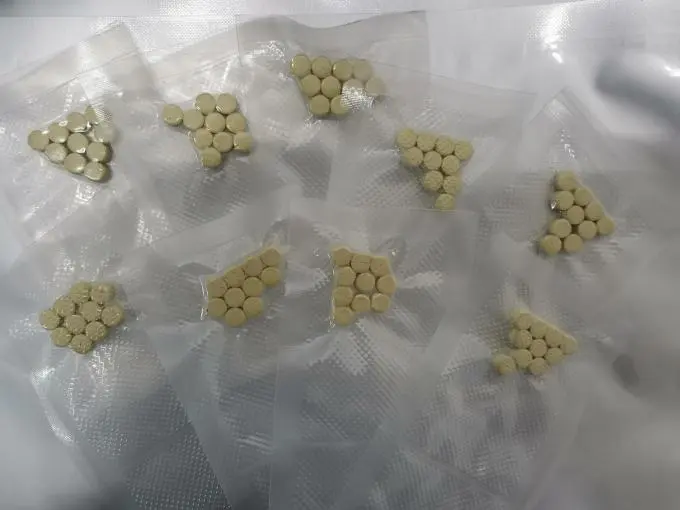
Temperature considerations
GS-441524 tablets are sensitive to temperature fluctuations. To maintain their stability and potency, consider the following guidelines:
- Store at room temperature, typically between 20°C to 25°C (68°F to 77°F)
- Avoid exposure to extreme heat or cold
- Keep away from direct sunlight
- Protect from moisture
It's important to note that refrigeration is generally not recommended unless specifically instructed by the manufacturer or your veterinarian. Excessive cold can potentially affect the tablet's composition and efficacy.
Shelf life and expiration dates
The shelf life of GS-441524 tablets can vary depending on the specific formulation and manufacturer. However, some general guidelines include:
- Typically, unopened bottles have a shelf life of 1-2 years from the date of manufacture
- Once opened, use within 6 months to 1 year, depending on storage conditions
- Always check the expiration date printed on the packaging
It's crucial to adhere to these guidelines and not use expired medication, as its efficacy and safety cannot be guaranteed beyond the expiration date.
Proper packaging and storage containers
To maintain the quality of GS-441524 tablets, consider the following storage recommendations:
- Keep tablets in their original, airtight container
- If transferring to another container, ensure it's clean, dry, and airtight
- Use amber or opaque containers to protect from light exposure
- Include a desiccant in the container if provided with the original packaging
Proper packaging helps protect the tablets from environmental factors that could degrade their quality.
Monitoring for signs of degradation
Even with proper storage, it's important to regularly inspect GS-441524 tablets for any signs of degradation. Look out for:
- Changes in color or texture
- Unusual odors
- Crumbling or disintegration of tablets
If you notice any of these signs, discontinue use and consult your veterinarian for guidance.
Travel and transportation considerations
When traveling with GS-441524 tablets, take precautions to maintain proper storage conditions:
- Use insulated containers to protect from temperature extremes
- Avoid leaving medication in vehicles, where temperatures can fluctuate dramatically
- If flying, carry medication in your personal item to prevent exposure to extreme temperatures in checked luggage
By following these storage guidelines, you can help ensure that your cat receives the full benefit of GS-441524 treatment throughout the course of therapy.
Conclusion
Understanding the proper methods for using GS-441524 tablets is crucial for effective treatment of FIP in cats. From correct administration techniques to considerations about food and storage, each aspect plays a vital role in the success of the treatment. By following these guidelines and working closely with your veterinarian, you can maximize the benefits of GS-441524 therapy for your feline companion.
For those in the pharmaceutical industry seeking high-quality GS-441524 or related compounds, BLOOM TECH offers exceptional products and services. With our state-of-the-art GMP-certified production facilities and expertise in various chemical reactions and purification methods, we're equipped to meet your specific needs. Whether you're looking for GS 441524 order options or other specialty chemicals, our team is ready to assist you. Contact us at Sales@bloomtechz.com to learn more about our products and how we can support your pharmaceutical endeavors.
References
- Pedersen, N. C., et al. (2019). Efficacy and safety of the nucleoside analog GS-441524 for treatment of cats with naturally occurring feline infectious peritonitis. Journal of Feline Medicine and Surgery, 21(4), 271-281.
- Murphy, B. G., et al. (2020). Treatment of cats with feline infectious peritonitis with the nucleoside analog GC376. Viruses, 12(1), 15.
- Dickinson, P. J., et al. (2020). Antiviral treatment using the adenosine nucleoside analogue GS-441524 in cats with clinically diagnosed neurological feline infectious peritonitis. Journal of Veterinary Internal Medicine, 34(4), 1587-1593.
- Addie, D. D., et al. (2020). Feline infectious peritonitis. ABCD guidelines on prevention and management. Journal of Feline Medicine and Surgery, 22(11), 1009-1024.
